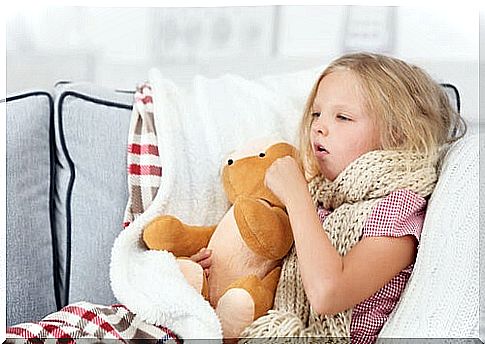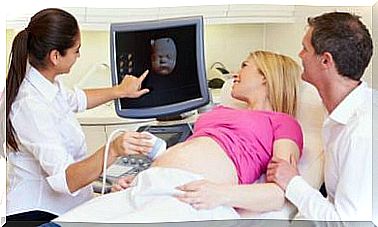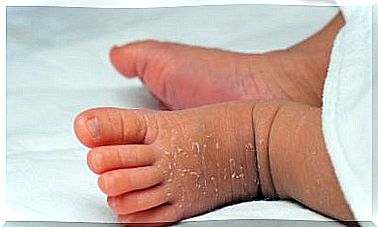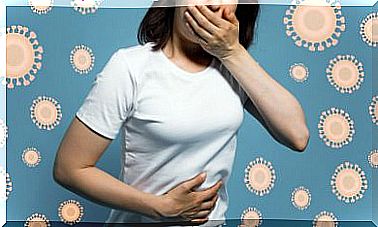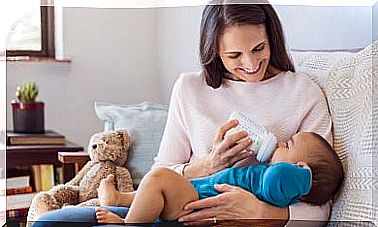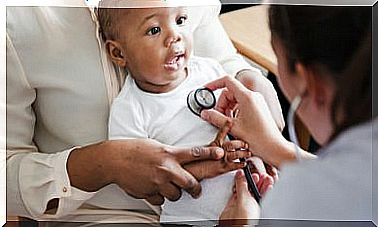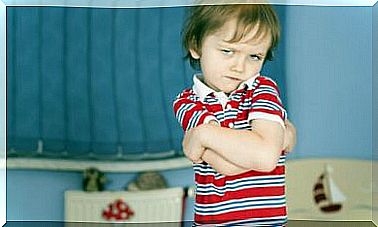3 Techniques To Avoid Colic In The Baby

Nothing despairs a mother more than the crying of her child. And that is one of the most immediate effects of colic in the baby, which is manifested by a continuous moaning with no apparent cause.
One of the main myths is that colic in the baby appears when he takes formula milk from a bottle. However, they can also appear with breastfeeding, although cow’s milk certainly produces more gases than breast milk.
Beyond the type of milk, colic occurs when the baby is feeding and swallowing air. This air stays in the baby’s stomach and can cause a lot of pain. In addition, this discomfort is usually accentuated at night, which can get on the nerves of any new mother.
In fact, pediatricians identify colic in the baby – clinically – when a crying that lasts at least three hours a day, three days a week, for three weeks occurs in a healthy and well-fed child.
Colic in the baby is very common
Statistics from pediatricians state that the cause of 30% of colic cases is gas. And between 15 and 40% of babies suffer from them in the first four months of life. But this resolves spontaneously from the fourth month.
The way to feed it is one of the decisive factors for the appearance of discomfort. That is, the posture of the mother and the child, as well as the way to breast or bottle. “It is ideal that the woman is comfortably seated and calm and the baby is semi-sitting,” explains pediatrician Libia Segura in an article.
Segura conceptualizes colic as an inconsolable crying that worsens in the afternoon and is accompanied by abdominal distension, bending of the legs, reddening of the skin and clenched fists. All these symptoms are clear indicators of colic in the baby.
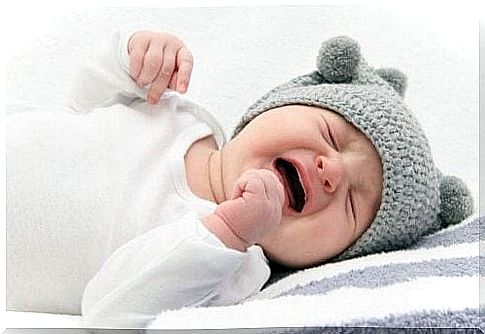
3 techniques to avoid colic in the baby
The routine of caring for a newborn can be exhausting. For this reason, many parents when they finish feeding and finally the child falls asleep do not want to do anything other than put him to bed. That is the first mistake. Even if your baby is falling asleep, it is essential that he expel gas. To do this, we describe three possible techniques that will be very useful to you.
Patting him on the back
To make the baby pass gas, it is important that you hold him so that his belly is resting on your shoulder. Once in place, gently pat her back with your curved hand to help her pass gas.
It’s also good to do an upward motion with your hands while patting it. In this way, you will breathe out and stay relaxed in that position, making it easier for you to fall asleep as soon as you burp.
Move her legs
If after patting him on the back, you touch his belly and it feels empty, like hollow or full of gases, it is best to lie him down on a flat surface, such as your bed, and stretch and bend him both legs at the same time about 10 times. You can also stretch one leg while flexing the other, as if he were riding a bicycle. Another option is to move both legs in a circular clockwise direction.
This bending movement stimulates the intestine and helps to expel the gases that are generated when drinking milk. It is equivalent to the healthy exercise that adults do after eating to lower food.
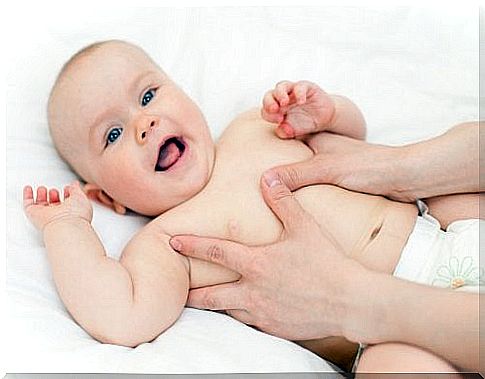
Stomach massage
Stomach massage also helps the baby to expel the gases that cause colic. You can stroke her belly in gentle upward movements or in circular motions. In fact, clockwise massage is proven to relieve colic.
Anti-colic drugs
If with these techniques you cannot get your child to overcome the pain caused by colic, then perhaps you should resort to the medications indicated for these cases. The best thing is that it is the pediatrician who prescribes the anti-colic that your baby requires, which are usually supplied before each milk intake. This will help you pass gas and prevent colic.
All these techniques to prevent the baby from suffering from colic should be used periodically. You will see how its result is very effective and will help your child sleep better and you can face day-to-day tasks with good spirits.
